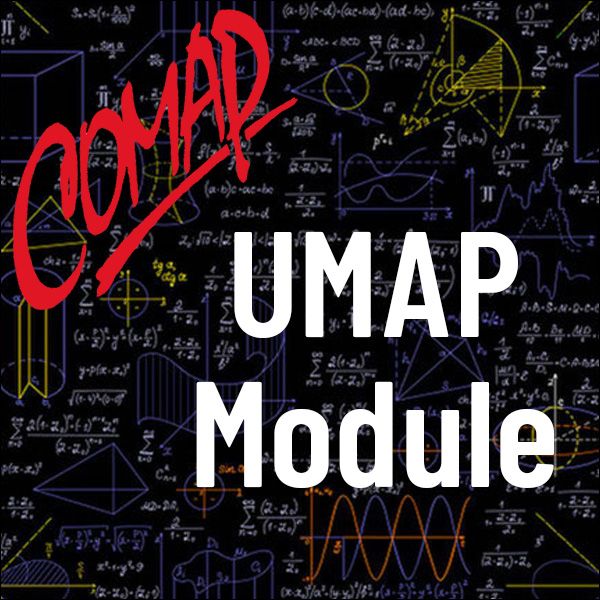Determining the Size and Shape of the Earth (UMAP)
Author: Richard J. Pulskamp
There is a long history of attempts to measure the size and shape of the Earth. During the 17th century, theoretical work predicted its shape to be that of an oblate spheroid. Later empirical work challenged this result. In the 18th century, to settle the question, measurements of arcs of meridian were made at various locations. This Module shows how, under the assumption that its shape is well-approximated as an ellipsoid of revolution, both the size and shape of the Earth can be deduced from the known lengths of arcs of meridian measured at various latitudes.
Table of Contents
1. INTRODUCTION
2. THE EARTH AS A SPHERE
3. LENGTH OF AN ARC OF A GREAT CIRCLE
4. EARLY MEASUREMENTS OF THE EARTH
5. LENGTH OF AN ARC OF AN ELLIPSE
6. ARCS ON THE EARTH
6.1 Latitude
7. TRIANGULATION
8. DETERMINING THE SHAPE OF THE EARTH
9. FURTHER ARC MEASUREMENTS
10. ANALYSIS
11. SOLUTIONS TO THE EXERCISES
12. APPENDIX
REFERENCES
ACKNOWLEDGMENTS
ABOUT THE AUTHOR

Mathematics Topics:
Application Areas:
Prerequisites:
Plane trigonometry, first-year calculus, scalar productof vectors, and the method of least squares.
You must have a Full Membership to download this resource.
If you're already a member, login here.